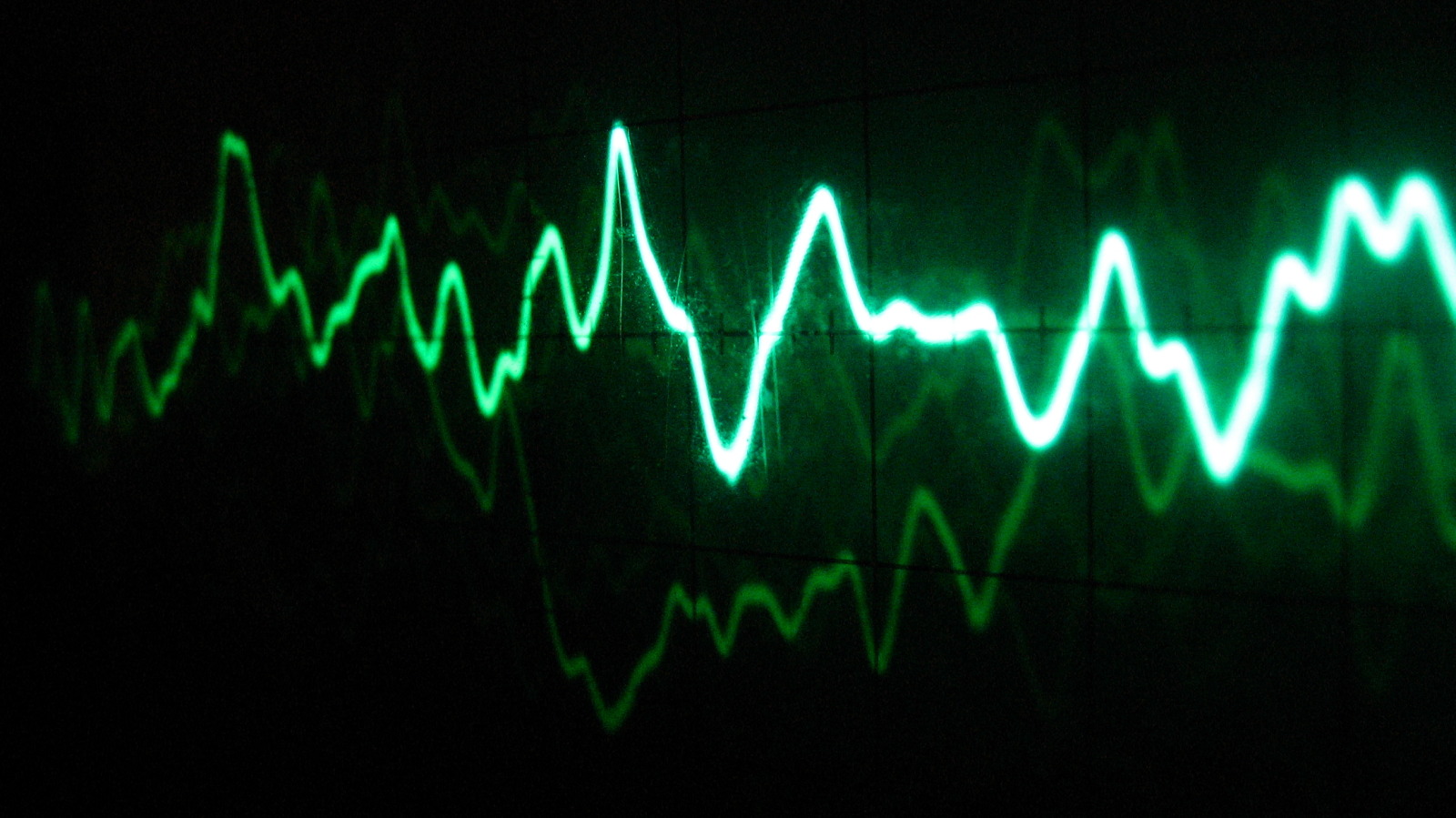A new technique that uses ultrasound waves has enabled French scientists to see some of the smallest structures in the body. 
Dubbed "ultrafast ultrasound", the new approach, developed by Paris-based INSERM researcher Claudia Errico and her colleagues, takes a leaf out of a microscope technique called PALM, which stands for photo-activation localisation microscopy. This method, which won a Nobel prize previously for the scientists who pioneered it, enables structures smaller than light itself to be imaged inside cells.
It involves using light to give energy to particles in a cell, and then taking a sequence of pictures as the particles re-emit the energy in brief flashes of light, the positions of which can be accurately localised and built up to produce a very high resolution image of the structure that produced them.
The new ultrasound technique does almost the same thing with ultrasound waves.
Ultrasound is an excellent imaging tool, but it's limited by the resolution of the structures it can image. This is dictated by the wavelength of the ultrasound waves that need to be used.
Shorter waves, at higher frequency, return better quality images, but penetrate poorly into tissue. Longer wavelengths get deeper into tissues, but produce grainier images and cannot see structures smaller than fractions of a millimetre.
The new technique will see things which, at 1/100'th of a millimetre, are ten times smaller.
First, tiny micro-bubbles, which are harmless, are injected into the bloodstream. These reflect ultrasound waves very effectively. As ultrasound waves are applied to the tissue, a probe captures 500 images per second of the echoes coming back from the bubbles in different places in the tissue.
A computer programme then keeps tabs on the movements of the bubbles and works out how the waves spreading out from them interact with the surrounding tissues.
Over 150 seconds more than 75,000 images are captured and then analysed, building up a high-resolution picture of the underlying tissue.
To test the system, the French team imaged the tiny blood vessels in the brains of sleeping mice, through the intact skull, revealing the vessel structure, and even the direction of blood flow, in unprecedented detail.
The technique, which is published this week in Nature, could be used to give us new insights into how small blood vessels in organs like the kidney and the eye are affected by diseases like diabetes and high blood pressure.
- Previous Loneliness linked to immune deficit
- Next Antibiotic apocalypse










Comments
Add a comment